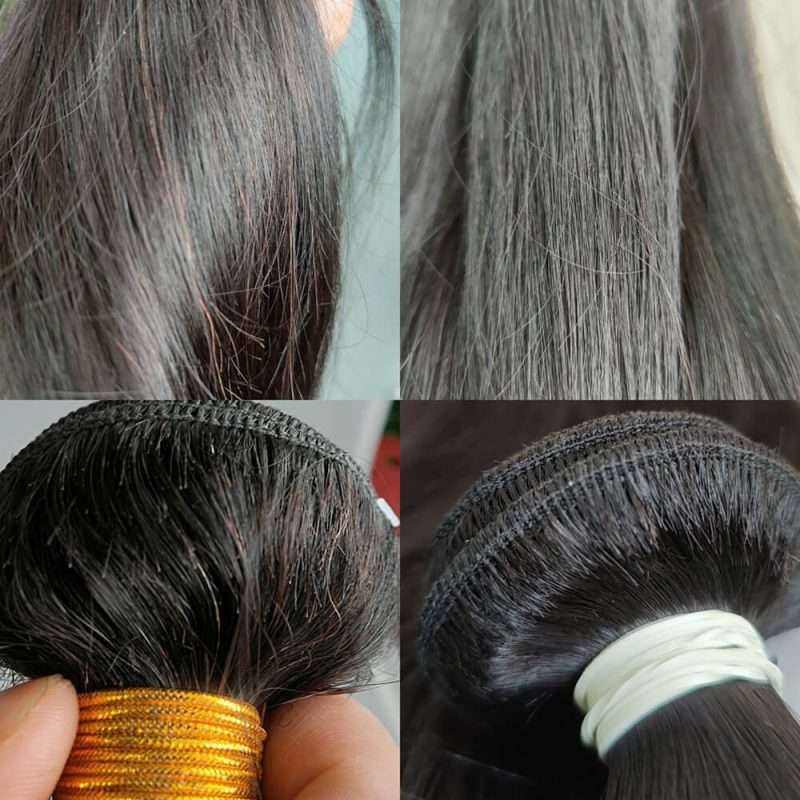How To Test Virgin Hair Is Real Or Fake
Table of Contents
Why we should know how to test Virgin hair
Finding real virgin hair products is challenging, mainly when so many hair companies sell different qualities of “Virgin Hair”(most of them are actually Remy hair) out there. So whether you want to find great quality virgin hair to wear yourself or for your hair business, you should know how to test Virgin hair quality so you can never get scammed by “fake” virgin hair.
1. Observe Hair Root
This is a secret that many hair suppliers don’t want to tell you. Because once you know the secret, most of the fake virgin hair will be recognizable.
Real virgin hair is cut directly from the head, so 99.9% of the hair strands are without hair roots (the process may involve very few naturally falling hair strands). And fake virgin hair is all from hair that falls out naturally, with hair roots. You can find these hair roots from hair that falls naturally from your head.
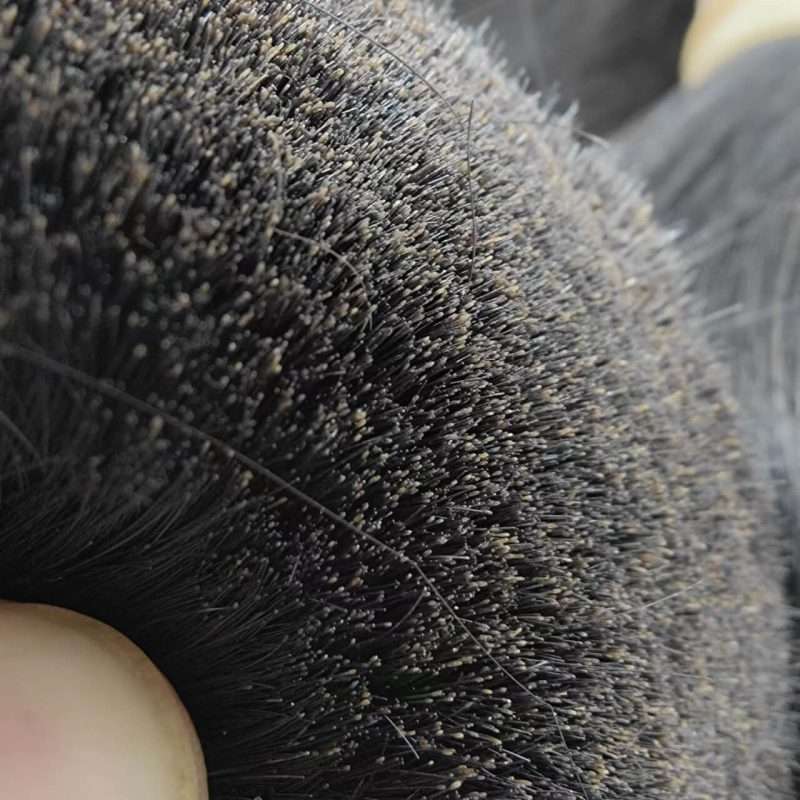
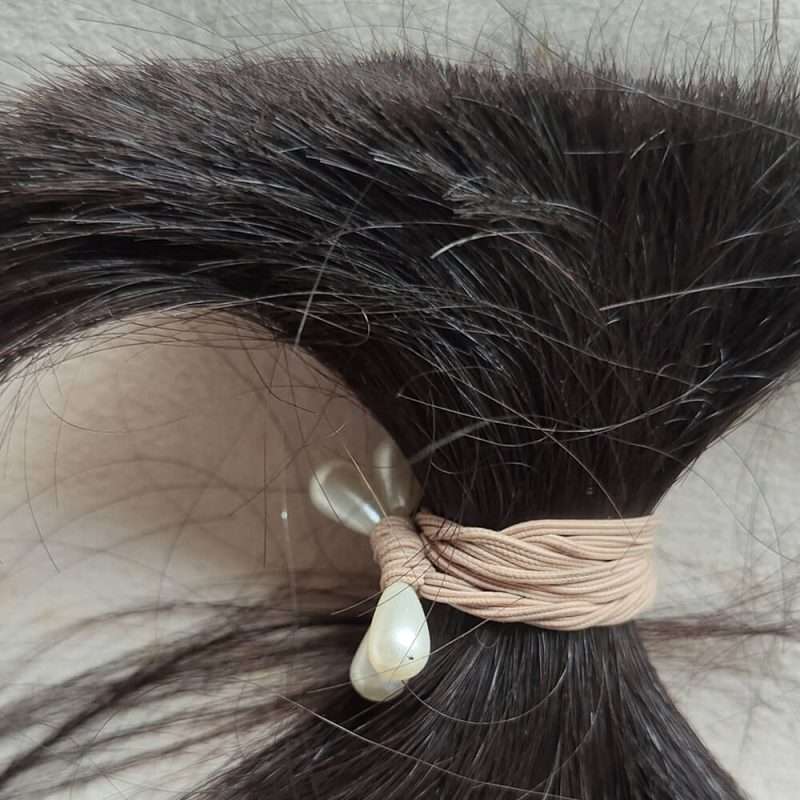
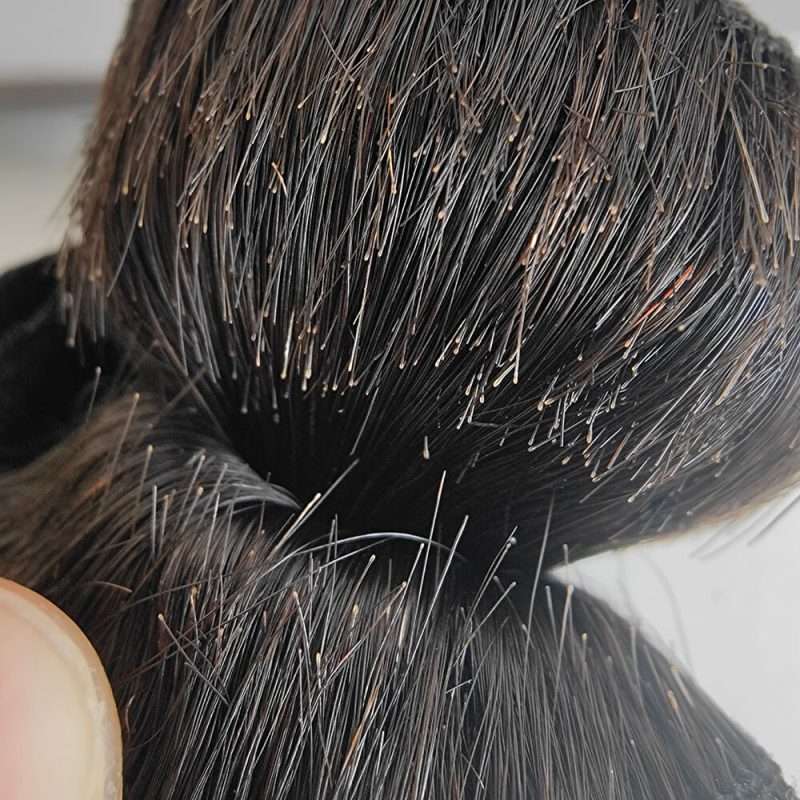
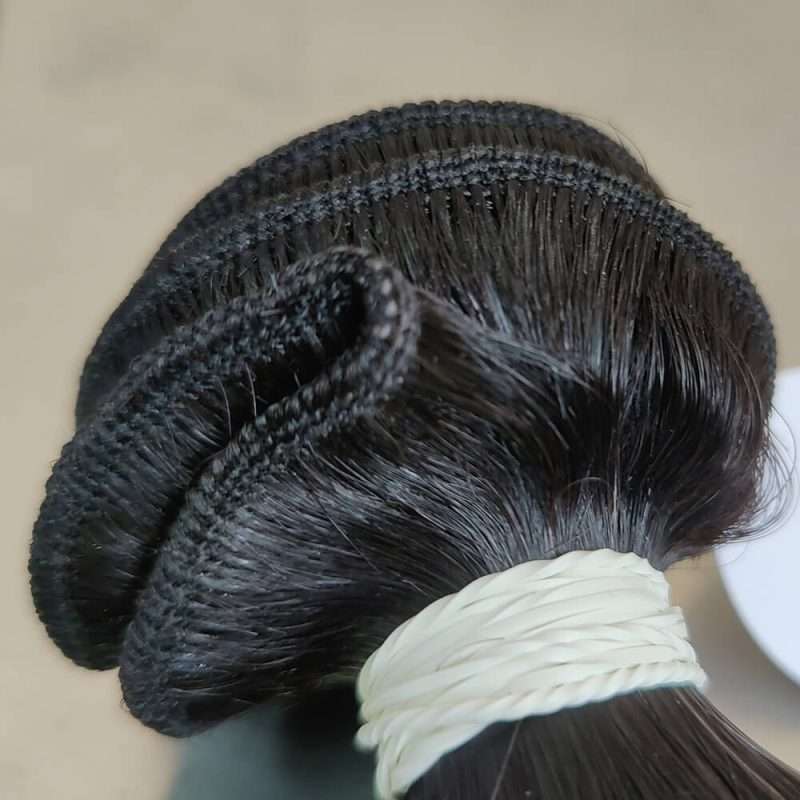
The above shows just real and fake virgin hair images for hair bulk and hair weave, but you can apply the same idea to other products such as wigs, closures, and clips.
But sometimes, some factories cut off the hair roots to eliminate the evidence. Don’t worry about that; you will always find some hair roots As long as you observe them carefully because removing all hair roots is not easy.
2. Fiber Waste
Since virgin hair is cut directly from the head and tied with a rubber band, it is clean and can be processed into various hair products after a simple wash.
Fake virgin hair comes from hair that falls out naturally. It’s collected in various ways, from hair combed at home, drains, waste mounds, etc. Due to environmental reasons, these hair materials mix fiber waste from clothes, quilts, towels, etc. In the subsequent processing process, these fibers are difficult to be cleaned up.
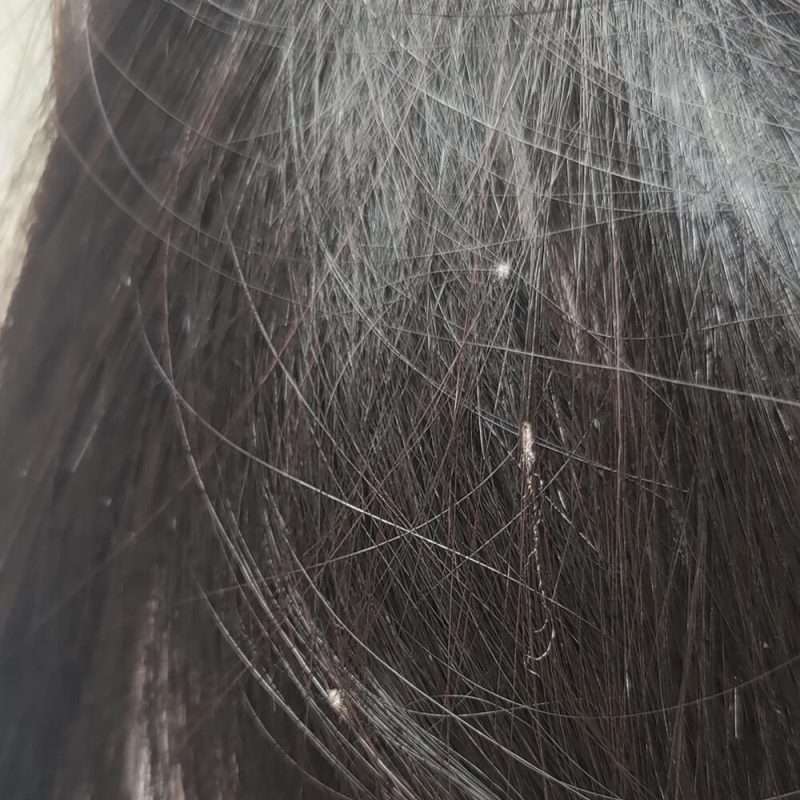
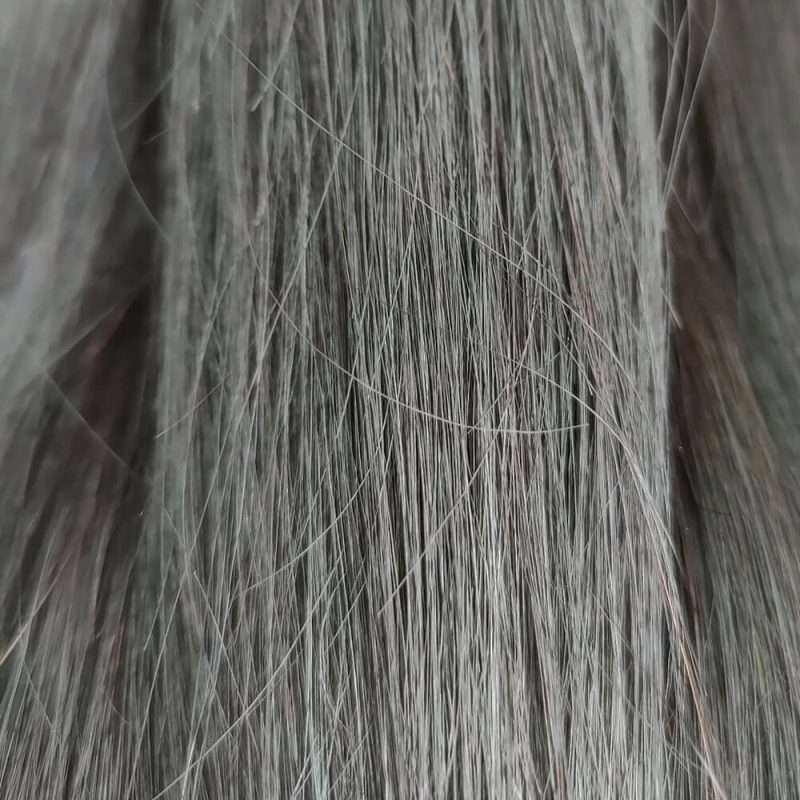
Generally, the hair is gorgeous in the pictures or videos of the suppliers; it is difficult to find these fibers waste in the photos or the videos. So you need to check if it is real when you receive your purchased hair. If you find a lot of fiber waste, it’s not virgin hair.
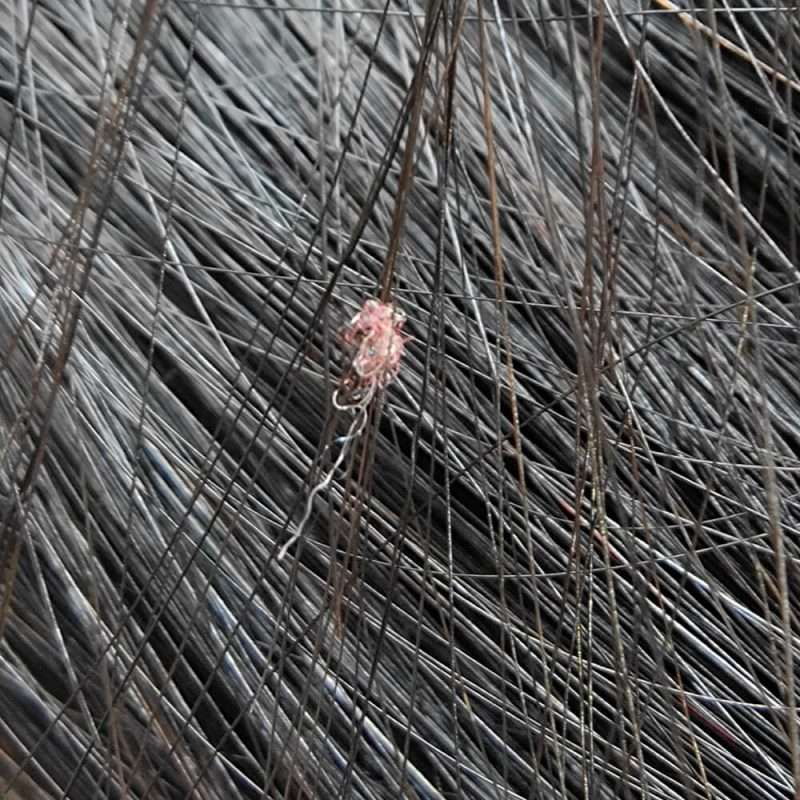
3. Observe Hair Color
A virgin hair bulk is cut directly from a donor’s head and has distinctive color and texture. In theory, it is best to make a unit hair product from the hair bulk of one single donor, but the weight of each hair bulk is different. To standardize the weight (such as 100g/pcs), the factory may combine the hair from various donors into units of even weight and thickness. In addition, workers often put together hair bulks of the same or similar color for color consistency, so you’ll find the color of virgin hair products that ranges from dark brown to black.
Fake virgin hair is made from non-virgin hair bulk. Its hair strands come from dozens or even hundreds of people. So the hair strands in the hair bulk vary in color, including natural color, gray color, and other dyed colors. As a whole, each hair bulk looks the same color, but in the sunshine, you can see that it has a wide variety of colors. This hair type can not be dyed light color well, such as 613. Its available lightest color is color 27#. Even with 27#, you need to remove the hair strands that failed in dyeing.

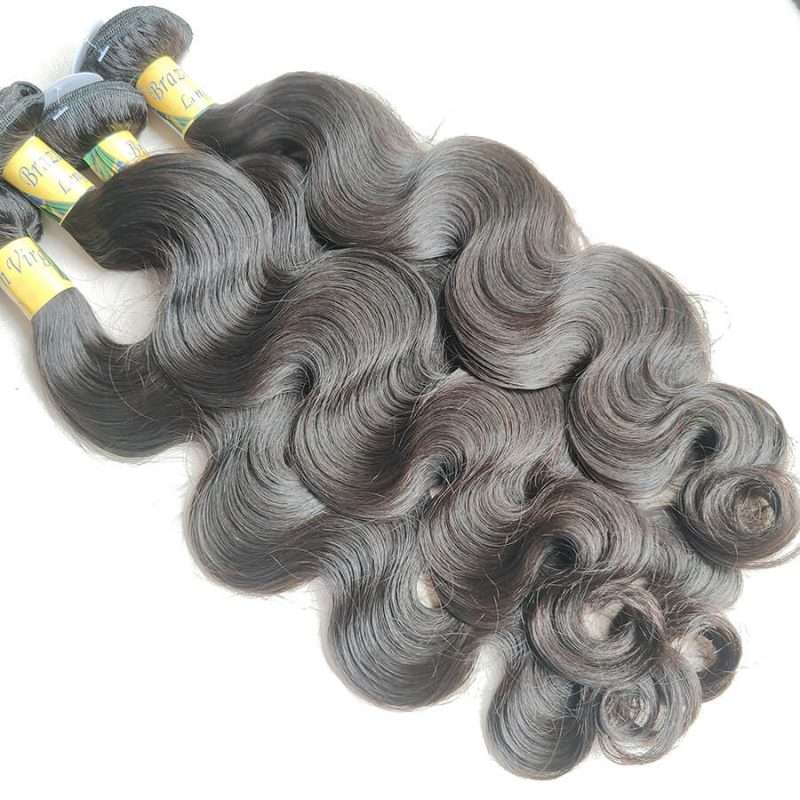
4. Bleaching Test
We can identify most fake virgin hair by observing the three methods mentioned above with the naked eye, but not 100%. So now let’s start another way of “how to test virgin hair”.
Bleaching is a major way to test virgin hair. If you’ve already dealt with vendors, you will have noticed that they often say, “can be bleached to 27#” and “can be bleached lighter than 27#, but not 613#.” Suppose you ask them why they will give you false reasons.
Why can’t you bleach “Virgin Hair” to #613? As we mentioned before, they are not real virgin hair, and their color is not purely natural. Some of their hair strands are dyed hair. During bleaching, some hair strands will fade to a very light color up to #613, while others will fade to brown or even remain black. While virgin hair is in pure natural color, it can reach 613# with very few brown and black hair strands.
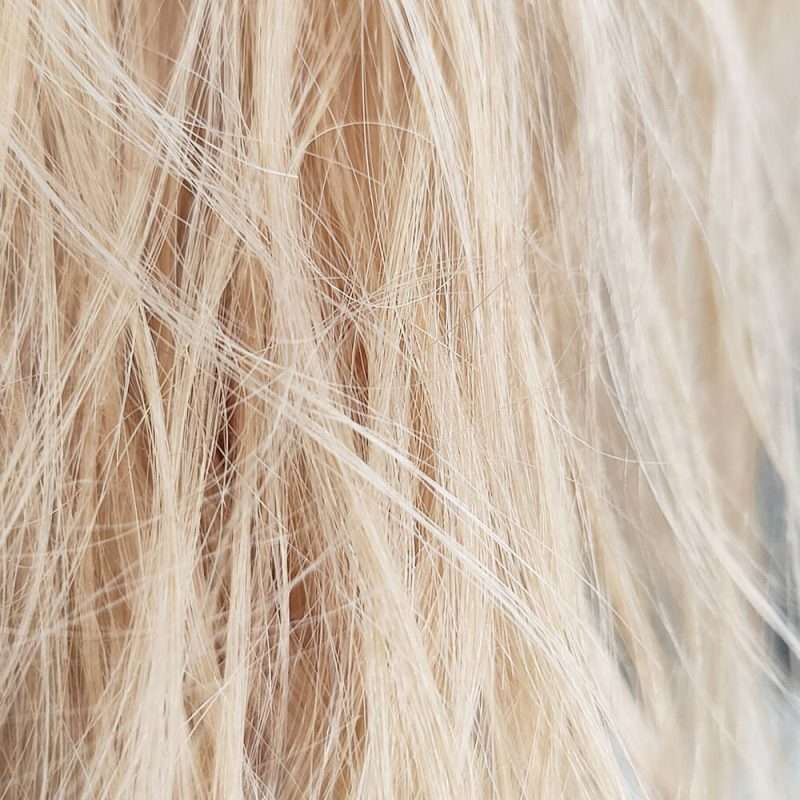
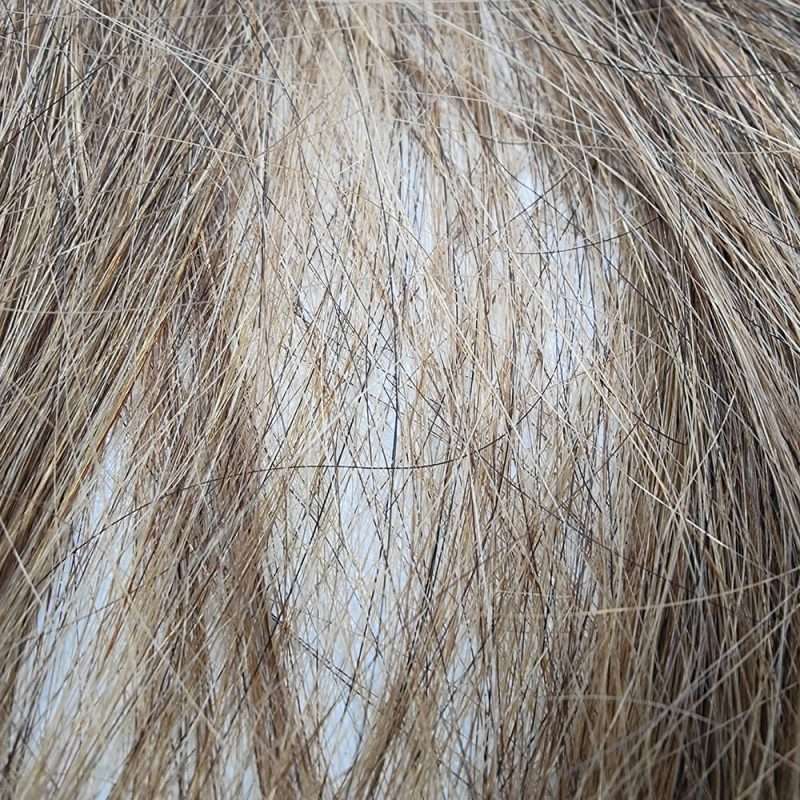
Someone may wonder if non-virgin hair can’t be dyed light well, is all the light-colored hair on the market made from virgin hair? In fact, most of the light-colored hair on the market is produced using non-virgin hair. They are made by bleaching for dozens of hours at the factory and manually removing sections of hair strands that failed in bleach, then dyeing them. But as a consumer or stylist, this is not the job you want, so if you want to bleach or dye the hair, we recommend buying virgin hair. On the other hand, if you wish to purchase light-colored hair at a low price, it is better to buy factory hair products directly.
5. Tangle Test
Washing the hair many times to see if it tangle is a good way to test virgin hair.
It’s normal for any hair to tangle when you wear the hair for a while. But if your hair extensions tangle excessively after many times washing and conditioner, it could be non-virgin hair. Virgin hair is too expensive, so to get Remy hair at a lower price, People invented one type of machine to turn non-Remy hair into Remy hair. The workers use the machine to align the cuticles in the same direction. This processing process needs to be repeated many times. Generally, the more times processed, the better quality and the less tangling, but the higher the cost, which is why the price of Remy hair on the market varies greatly.
If you’re interested in how the remy machine aligning works, please watch a video of Vesta Hair College.
These are our five “how to test virgin hair” from more than a decade of experience in human hair. I hope it can help you avoid buying fake virgin hair. I also hope you can be honest with your customers and do not use other hair to pretend to be virgin hair to your customers. If you have any questions or know a better way “how to test virgin hair”, please feel free to tell us.
WhatsApp: +86180263222304
Email: sales@onlinehumanhair.com
Facebook:https://www.facebook.com/onlinehumanhair/
Instagram:https://www.instagram.com/onlinehumanhaircom/

